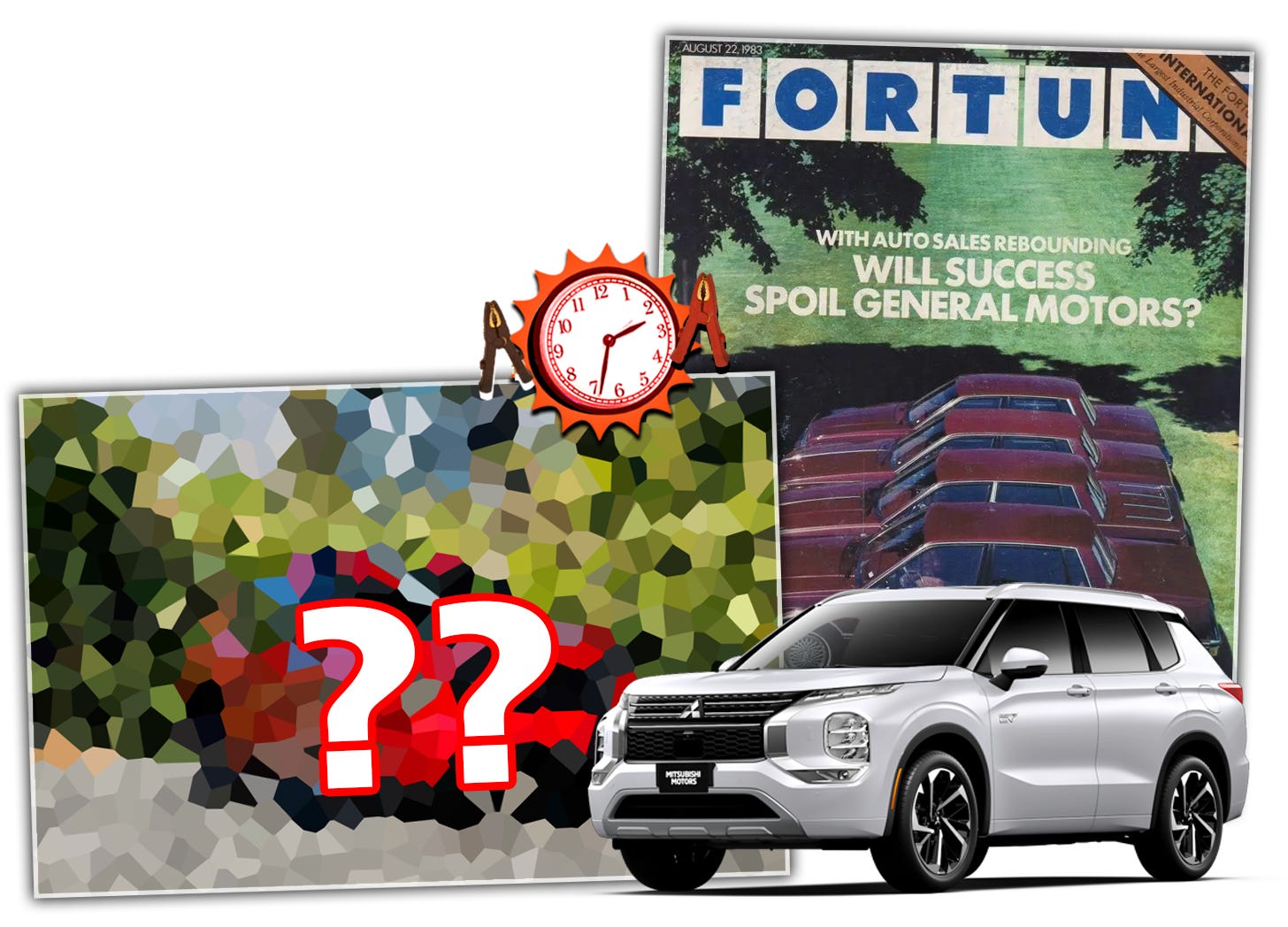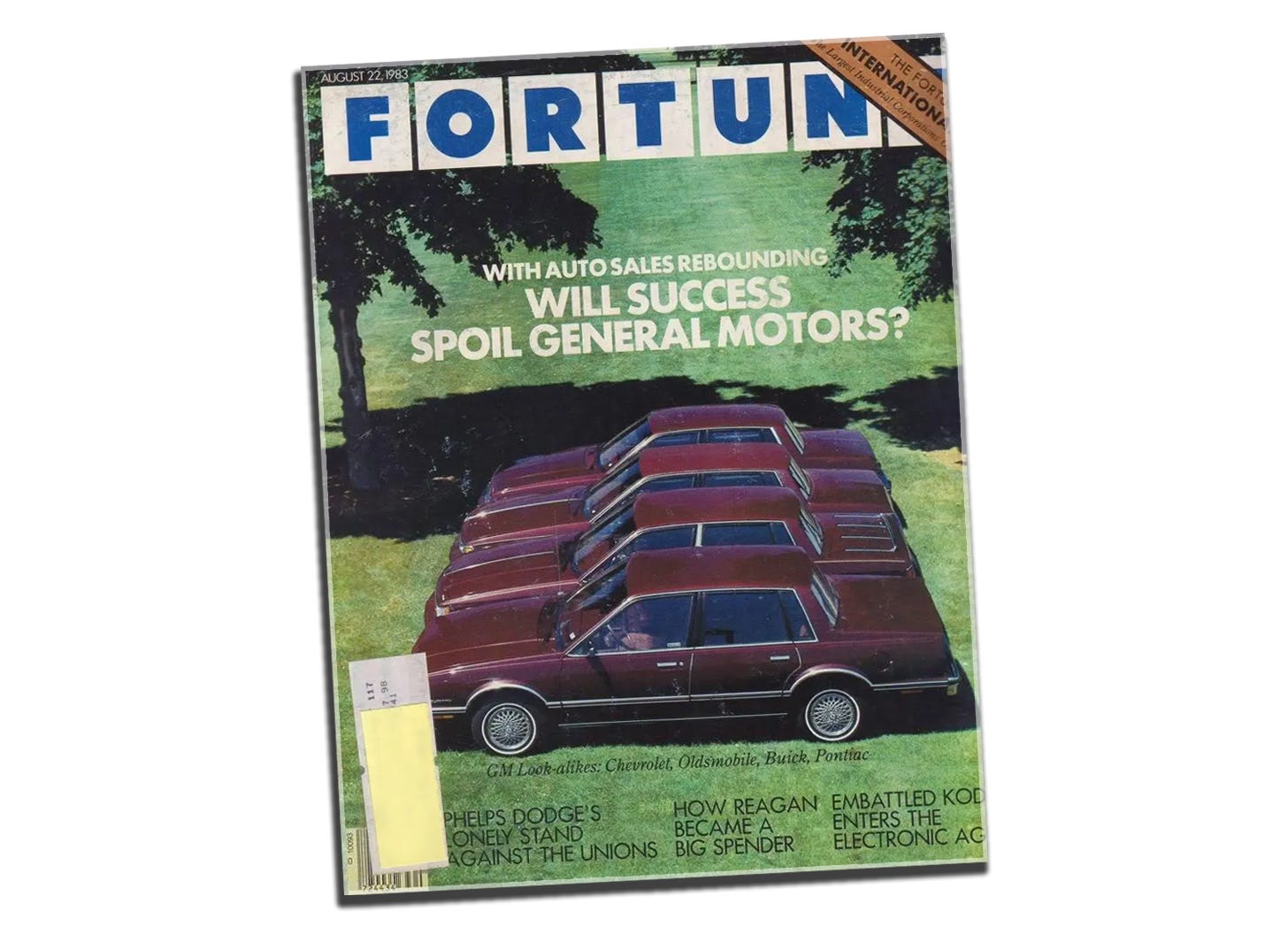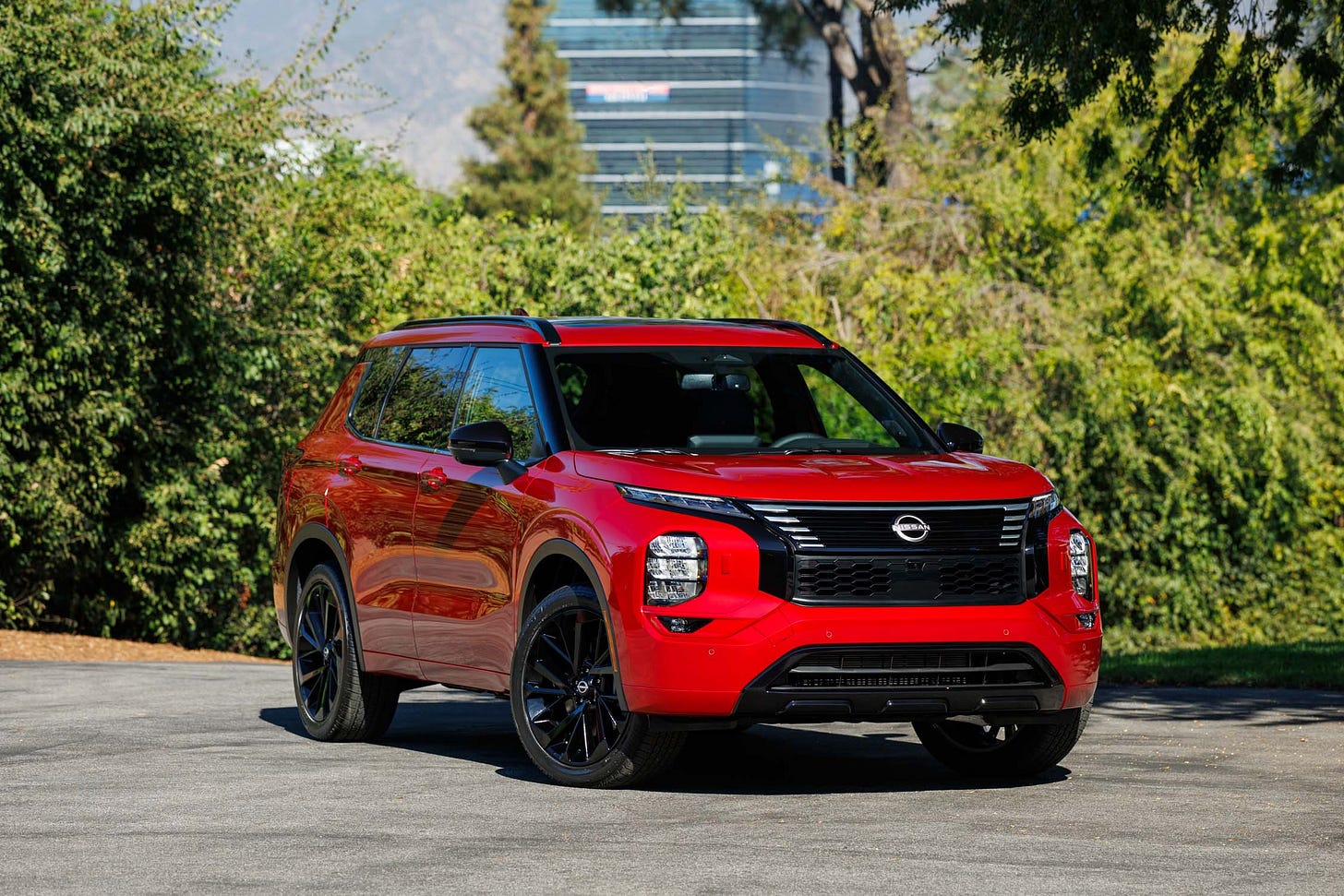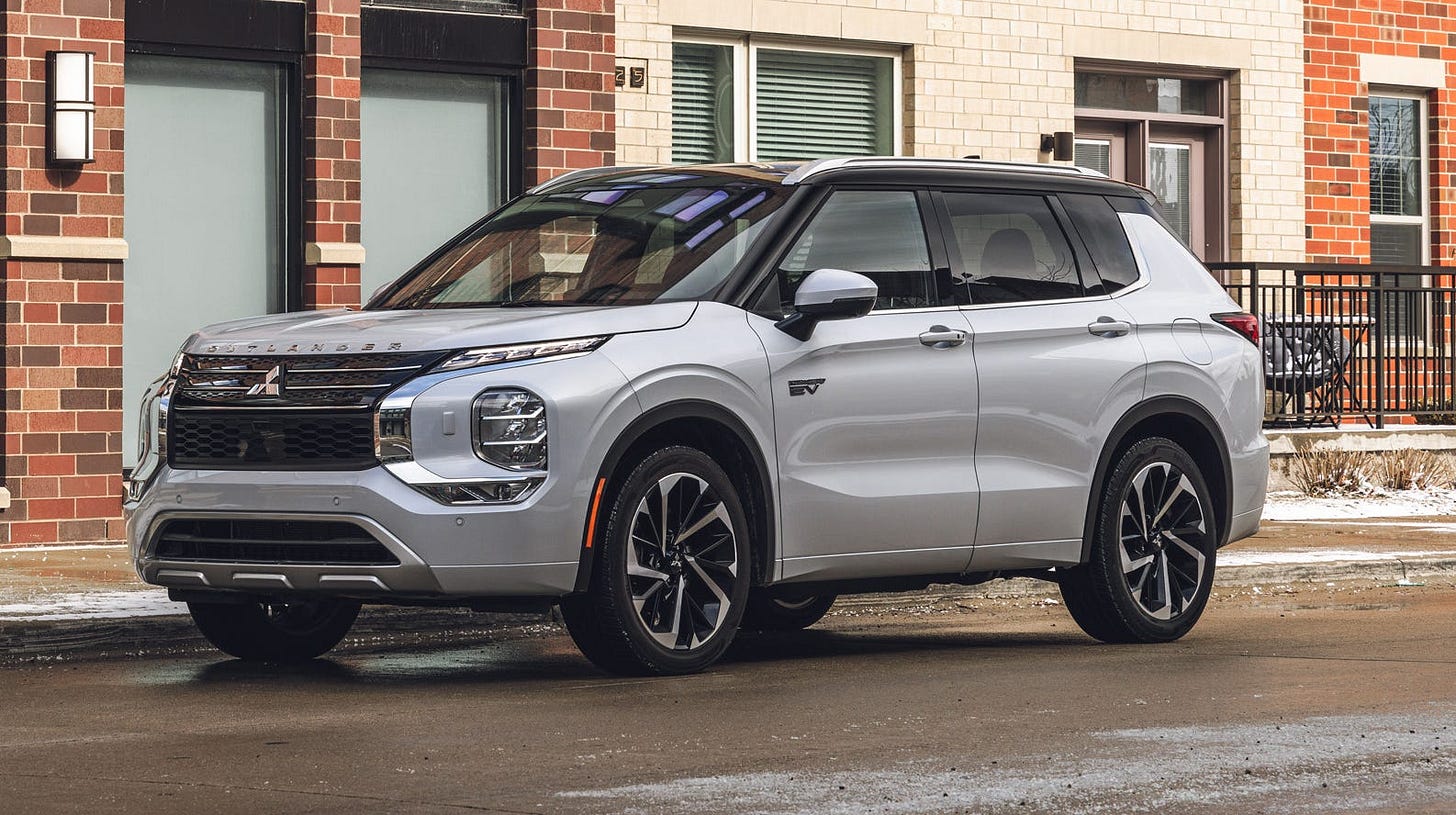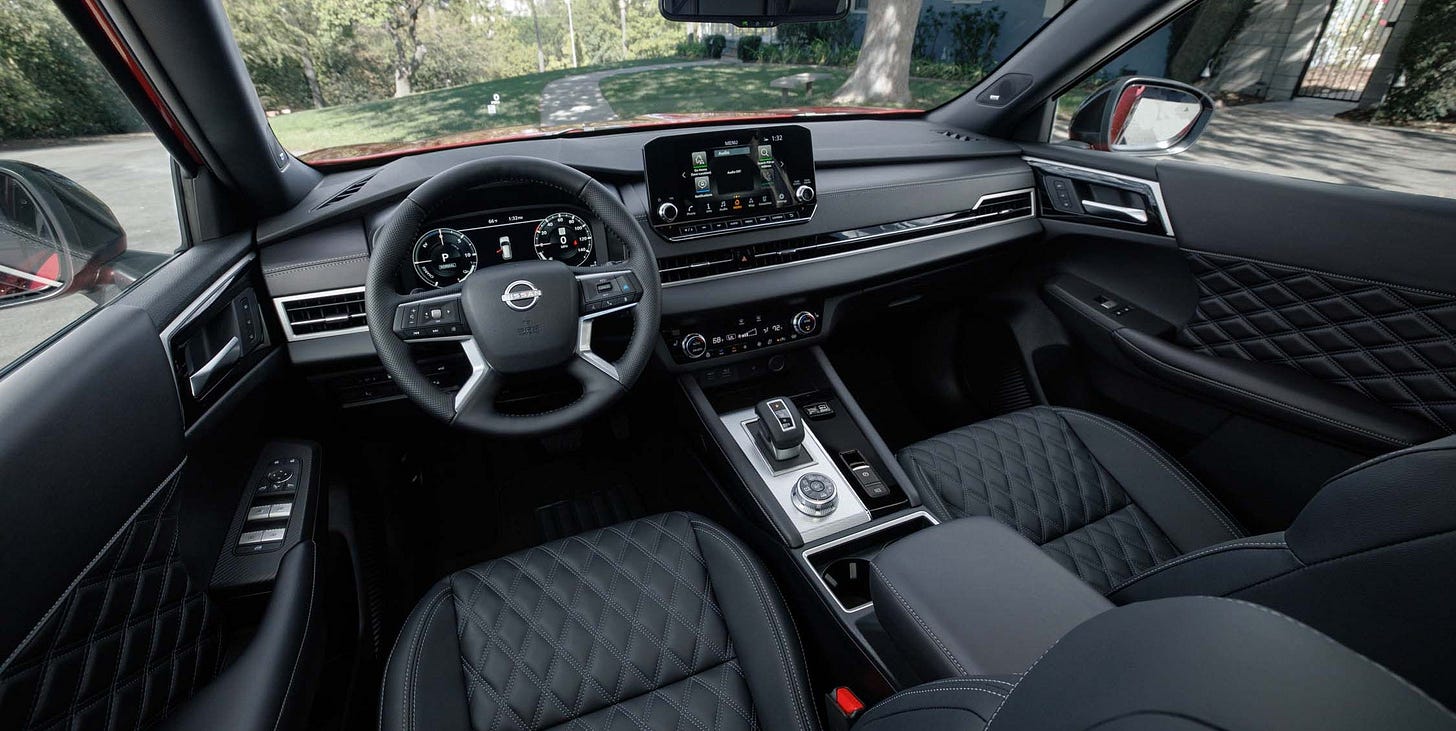I Thought We Were Done With Lazy Rebadges, But Here We Are: Quick Jump
Another week of life has officially kicked off, bolstered by the optimism of some good news I’d received just last Friday [which I’ll share if it actually comes to fruition]. In the meantime, we’re starting with some news that calls back to an old practice that I thought we outgrew as a society.
The term “Badge Engineering” was coined sometime after the American oil crises of the 1970s tasked to do one daunting job: Make one car for multiple brands with little distinction. This was a way for automakers to save money and appeal to different markets without going the extra mile to care.
General Motors was notorious for this, prompting an intervention by Fortune magazine in the 1980s to put one car by four brands on its cover, all featuring a conforming shade of brown:
You get the idea. History is littered with examples, with GM and Ford being the major culprits. Since then, they and the rest of the industry on the whole have moved away from this practice, at the very least making the effort to differentiate its products true to the brand cache the vehicles represent. Because Cadillac will never give up its bestseller in the Escalade, which shares the mechanicals with the GMC Yukon and Chevrolet’s Tahoe. A decades-long history has allowed them to evolve and split into three amoebas.
But the notion is not extinct. One in a while, someone will throw a wrench in the gears of progress with little intelligence to back it. In today’s case, it’s not a domestic maker but two companies trying to give each other a leg up.
Behold, the 2026 Nissan Rogue Plug-In Hybrid:
And gaze your eyes upon the Mitsubishi Outlander PHEV:
Lazy launches are back, baby! Nissan slaps its badges on and tweaks the grille and, ummmm, well that’s it really. Even the cabins mirror each other.
None of which is to say this is a bad thing, as Mitsubishi interior design is often a cut above Nissan’s. But there lies the rub. The Nissan Rogue Plug-In Hybrid is a Mitsubishi product that sits on a Nissan chassis. It’s based on the normal Rogue that was lengthened to accommodate three rows of seats in the Outlander to retain its budget family car status.
Confusingly, the non-hybrid Rogue and Outlander were updated earlier this year with new tech and features that have yet to arrive on the electrified variants. Instead of a wider screen, you’re stuck with what’s been deemed a somewhat archaic touch display that doesn’t keep up with the times. At least there are physical controls at your leisure.
Maybe that’s all the changes it necessitates. This being a plug-in, the battery is big enough to accommodate an electric-only range of 38 miles before the gas motor kicks in. Hybrids are hot right now and the Mitsubishi Outlander has been a hot commodity. What’s better than one? Make it two.
Is it enough to help Nissan dig out of the hole it put itself in? Perhaps not but it sure needs all the help it can get as it continues to search for the golden goose.
-TA


